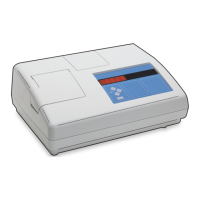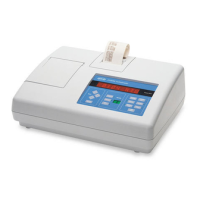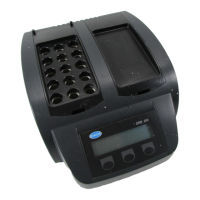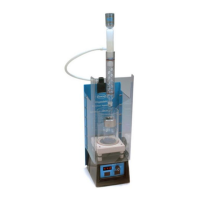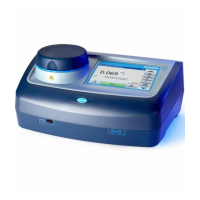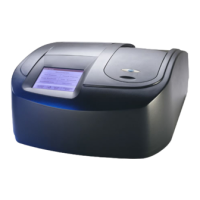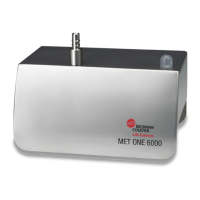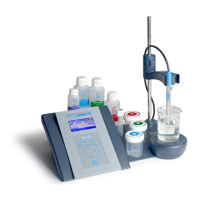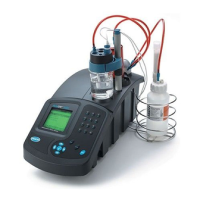What to do if Hach Laboratory Equipment displays ERR09?
- LLisa FigueroaSep 4, 2025
If the Hach Laboratory Equipment displays error ERR09, try these steps: First, gently pull up on the paper in the internal printer to remove any obstruction. Second, verify that the external printer is correctly connected. Third, ensure that the external printer is selected and online.
